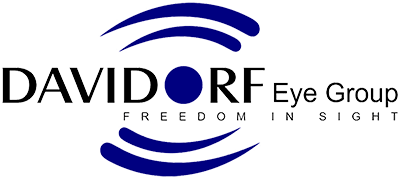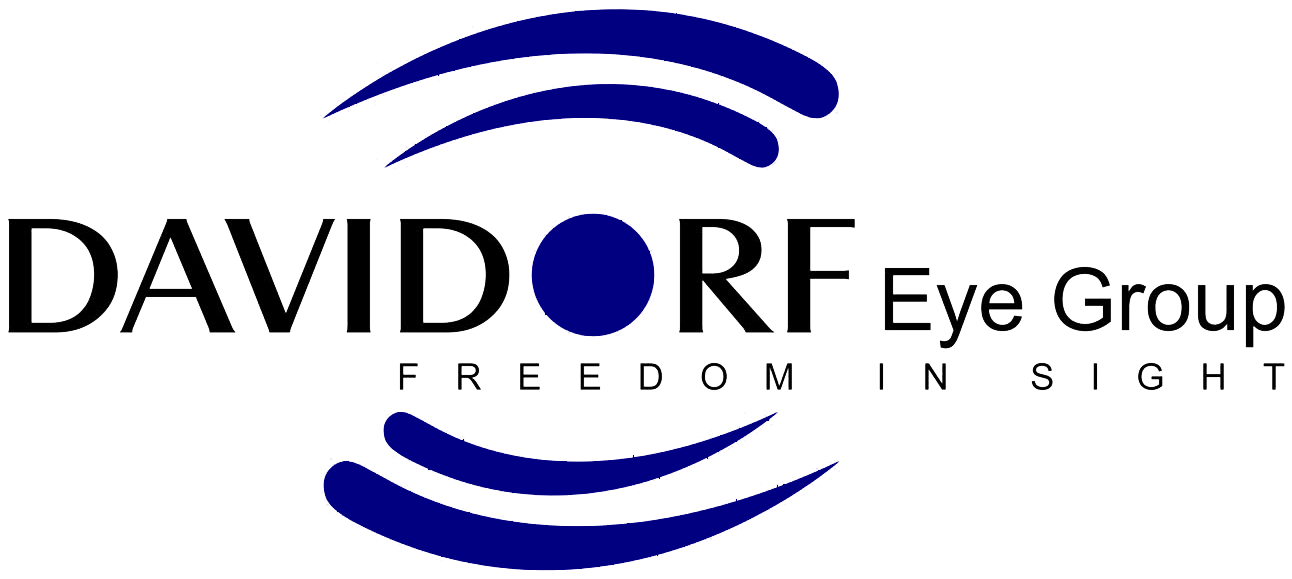LASIK Eye Surgery in West Hills and Calabasas
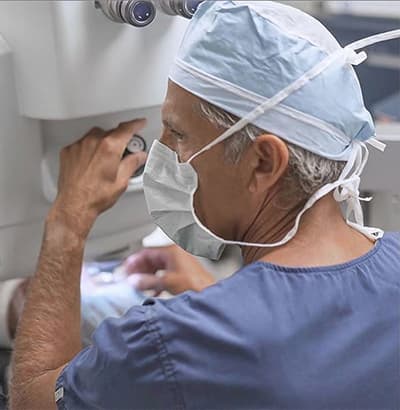
Over 700,000 LASIK procedures are performed in the United States each year making it one of the most frequently performed elective surgeries. LASIK (LASER Assisted In Situ Keratomileusis) has been FDA approved for over 20 years for the correction of myopia (nearsightedness), hyperopia (farsightedness) and astigmatism.
The procedure consists of reshaping the cornea to conform to an individual’s glasses or contact lens prescription, thereby reducing or eliminating the dependence on corrective lenses. LASIK is now approved by NASA, the United States Military, and our nation’s first responders.
Premier surgeon, Dr. Jonathan Davidorf, has performed vision correction procedures for over 25 years. He continues to remain at the forefront of research and development, ensuring that his patients benefit from the safest and most precise technological advances.
Along with co-authoring the first textbook on LASIK, his research has included publishing two books and numerous articles about the LASIK procedure. The combination of Dr. Davidorf’s experience with state-of-the-art technology allows patients to achieve their best possible visual outcomes, often better than 20/20 vision.
LASIK: Safe, Precise, and Painless LASIK
Dr. Davidorf performs All-Laser LASIK, making the surgery safer and more precise than ever before. Using corneal mapping, Dr. Davidorf creates a customized treatment plan specific to each patient. This detailed 3D digital map is then used in the LASIK procedure to create optimal results.
After creating a thin flap on the cornea with the IntraLase Femtosecond laser, the Allegretto Wave Eye Q Excimer laser is then used to reshape the cornea. The entire procedure takes 3-5 minutes per eye and is pain-free. Recovery is so fast that most patients return to work the next day.
IntraLase Laser
Dr. Davidorf was one of the first surgeons to perform bladeless, All-Laser LASIK. This state-of-the-art technology makes the LASIK procedure safer and more precise than ever before.
With IntraLase, pulses of light create a corneal flap, which is then gently lifted, allowing the next step of LASIK – reshaping the cornea – to be performed. Following the LASIK treatment, the corneal flap is securely repositioned into place. This bladeless, computer-guided technology is more accurate than most of the mechanical microkeratomes (hand-held devices with a thin metal blade) that surgeons may also use to create a corneal flap.
IntraLase has been used successfully in hundreds of thousands of LASIK procedures, and we trust this advanced technology to continue to deliver exceptional results. Our commitment is to provide you with the ultimate in comfort, safety, and outstanding visual outcomes. In clinical studies:
- The vision in the IntraLase-treated eye was preferred up to 3 to 1 over the vision in the microkeratome-treated eye.
- More patients achieved 20/20 vision or better when IntraLase was used to create the corneal flap.
Because of the superior accuracy of the IntraLase laser, certain patients who were previously considered as non-candidates for LASIK may now be able to have the procedure.
How IntraLase Works
Unlike the microkeratome, IntraLase technology is uniquely able to program the dimensions of your flap based on what is best for your eye. The IntraLase laser then creates your flap from below the surface of the cornea – without ever cutting it. How?
- Ultra-fast pulses of light position microscopic bubbles at a precise depth determined by Dr. Davidorf.
- The laser light passes harmlessly through the cornea. The laser then creates rows of these bubbles just beneath the corneal surface as it moves back and forth across the eye in a uniform plane.
- Next, the IntraLase laser stacks bubbles around your corneal diameter to create the edges of the flap. These bubbles are stacked at an angle determined by Dr. Davidorf and customized to the way each individual’s eye is shaped.
- The process takes only about 30 seconds and is quiet and comfortable.
- Dr. Davidorf then gently lifts the flap to allow for the second step of the LASIK procedure. When the treatment is complete, the flap easily “locks” back into position and rapidly begins to heal.
WaveLight Allegretto Wave Eye-Q Laser
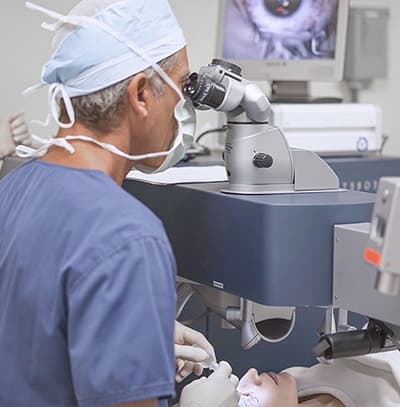
Following the creation of the corneal flap, the second step of the LASIK procedure involves the excimer laser treatment, or ablation. Since the mid-1990s, traditional LASIK has been the procedure of choice for surgeons worldwide in the effort to reduce and eliminate patients’ dependence on glasses and contact lenses.
Each year, more than 700,000 people have LASIK to treat myopia, hyperopia, and astigmatism. As the procedure has evolved, patients have been achieving better vision than ever before.
Leading surgeon Dr. Jonathan Davidorf takes LASIK to the next level of precision and accuracy with the WaveLight Allegretto Wave Eye-Q Laser. Prior to the procedure, diagnostic information gathered from your measurements is entered into the WaveLight Allegretto laser.
Similar to your fingerprint and DNA, this information is unique to only your eyes. Each of your eyes will receive its own Wavefront Optimized LASIK treatment, with no two procedures in the world being identical.
The procedure takes only a few minutes to complete, and is safer than ever. The WaveLight Allegretto Laser is equipped with an eye tracker that detects eye movements throughout the procedure.
The laser continually adjusts its treatment direction before each laser pulse to compensate for even subtle eye movements. Most patients report little, if any, discomfort during and after LASIK laser vision correction.
For optimal visual outcomes, Dr. Davidorf performs LASIK in a specially designed laser room located within our office. To minimize risks and complications, factors such as humidity, temperature, and overall air quality are closely monitored and maintained at optimal levels.
LASIK Eye Surgery Benefits
LASIK offers numerous benefits for those with vision problems. The most significant advantage is the potential for permanent vision correction, reducing or eliminating the need for glasses or contact lenses. This can enhance quality of life, especially for individuals involved in activities that require clear vision, such as sports or driving. Additionally, LASIK can be a cost-effective solution in the long run, as it eliminates ongoing expenses associated with eyewear and contact lens maintenance. Furthermore, the procedure is typically quick and has a high success rate, with most patients experiencing minimal discomfort and a rapid recovery time.
Frequently Asked Questions About LASIK Surgery
Why Choose Davidorf Eye Group?
Dr. Davidorf combines over 25 years of experience performing vision correction procedures with exceptional LASIK technology to help patients achieve their best possible visual outcomes, often patients exceed 20/20 vision. Also, our professional and highly skilled staff takes the time and consideration to insure that each patient receives the highest level of care.
Who Is A Good Candidate For LASIK?
Typically, the best LASIK candidates are over 18 years of age, have had a stable prescription for at least one year, and are generally in good health.
Is LASIK Painful and How Long Does It Take?
Patients typically do not experience pain but will encounter some pressure during the procedure. The entire procedure takes approximately 3-5 minutes per eye.
What Is The Recovery Time?
The recovery time is so fast that patients usually return to work the following day.
Is LASIK Permanent?
The results of LASIK surgery are permanent, but that doesn’t mean that the vision will stay exactly the same orever. Vision can change as we get older and conditions such as presbyopia (loss of near vision), cataracts and other ocular disease can affect our vision. Occasionally people may desire a touch-up (or enhancement) to fine-tune their vision if they have experienced a more significant change.
Are There Any Side Effects?
Our doctors and staff perform extensive measurements and testing prior to the procedure to determine the best candidates for LASIK. Dryness, glare, halos are some of the more common side effects, but these are typically temporary. The risk of serious adverse effects is very low.
